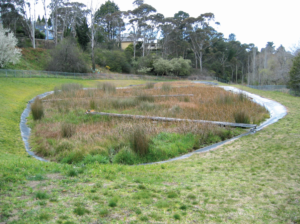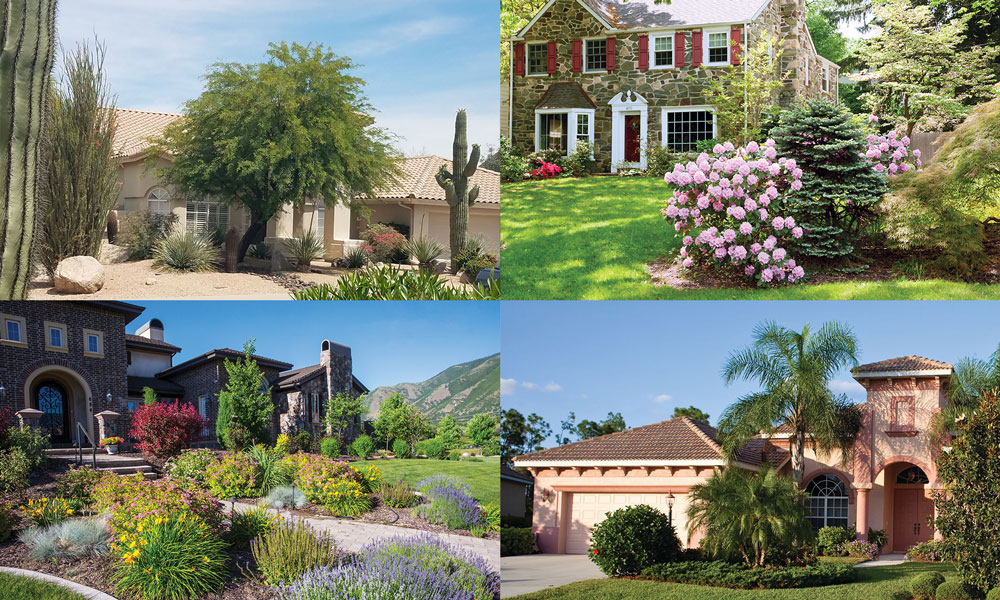Stormwater Pond Vegetation Management is Crucial
Proper vegetation management of stormwater ponds – either retention or detention – can mean the difference between a functional, efficient necessity for stormwater management of your property or an expensive and damaging liability.
functional, efficient necessity for stormwater management of your property or an expensive and damaging liability.
Stormwater retention ponds can quickly suffer from overgrown vegetation that, when not managed, can lead to flooding, property damage and even fines for not meeting city/town/federal requirements. Weedy growth within a pond is especially damaging to the pond’s ability to function, which is why timely vegetation management is so important.
One of the cost considerations associated with pond restoration is tree removal. Many, if not most, municipalities do not allow trees in the functional area of a stormwater pond. If trees are given the opportunity to overtake a pond, their removal can add a significant expense to the renovation costs. Delaying proper maintenance can result in much more costly service down the line.
Arborists begin by evaluating potentially vulnerable areas of the landscape and ponds, such as hanging limbs, weeds, etc., and provide solutions to remedy any issues.
Maintenance programs occur around 3-4 times per year and include:
- Vegetation management and removal
- Pond repairs
- Bush hogging or brush cutting that will eliminate thick vegetation
- Forestry mowing
- Reclamation of land
- Turnkey stormwater pond renovation
Retention ponds retain a semi-permanent pool of water and play an important role in controlling stormwater runoff. This type of pond can even provide some water quality benefits by reducing pollutants.
Detention ponds are dry and do not hold a permanent pool of water. Instead, the runoff from a rainstorm is forced into a larger water management system in order to protect the surrounding environment.





